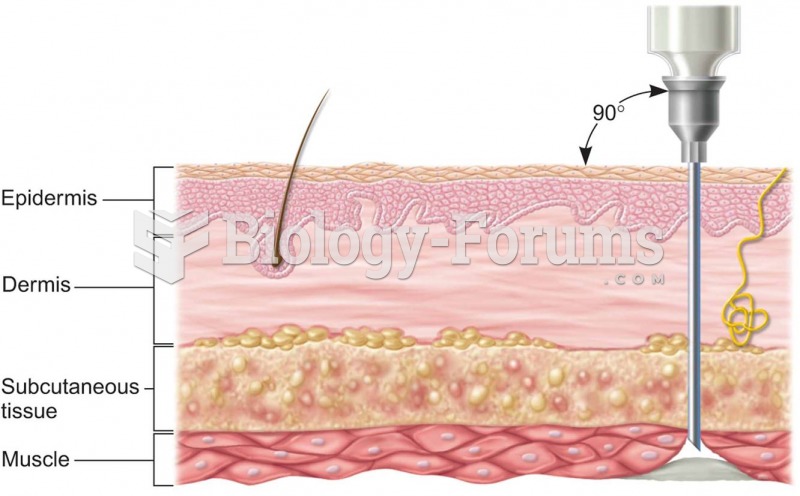|
|
|
More than 30% of American adults, and about 12% of children utilize health care approaches that were developed outside of conventional medicine.
Children of people with alcoholism are more inclined to drink alcohol or use hard drugs. In fact, they are 400 times more likely to use hard drugs than those who do not have a family history of alcohol addiction.
The first-known contraceptive was crocodile dung, used in Egypt in 2000 BC. Condoms were also reportedly used, made of animal bladders or intestines.
The heart is located in the center of the chest, with part of it tipped slightly so that it taps against the left side of the chest.
When blood is exposed to air, it clots. Heparin allows the blood to come in direct contact with air without clotting.







